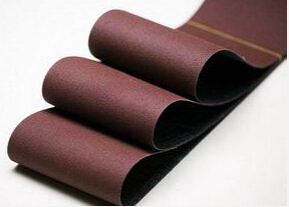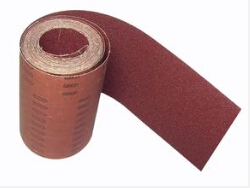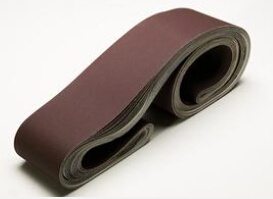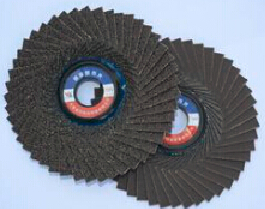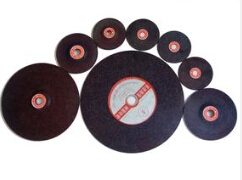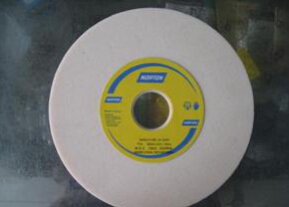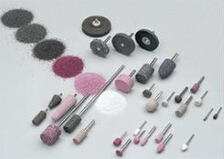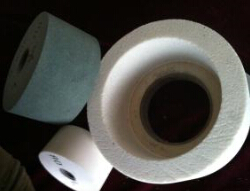Common Methods for Surface Polishing of Injection Molds
Zhongsen Editor 2019-09-27The currently used polishing methods are as follows:
Mechanical Polishing
Mechanical polishing is a polishing method that removes the polished convex portion by cutting and plastically deforming the surface of the material to obtain a smooth surface. Generally use oil stone strips, wool wheels, sandpaper, etc., manual operations are mainly used.For special parts such as the surface of the rotary body, auxiliary tools such as a turntable can be used, and the method of super-fine polishing can be used for high surface quality requirements.
Ultra-fine polishing is a special grinding tool. In the polishing liquid containing abrasive, it is pressed on the machined surface to perform high-speed rotary motion. With this technology, a surface roughness can reach Ra0.008 μm, which is the highest among various polishing methods. This method is often used in optical lens molds.
Chemical Polishing
Chemical polishing is to make the material in the chemical medium, the convex part of the surface is preferentially dissolved, so that the smooth surface is obtained. The main advantage of this method is that it doe not need complex equipment,can polish the workpiece with complex shapes, and can polish many workpieces at the same time with high efficiency.
Electrolytic Polishing
The basic principle of electrolytic polishing is the same as the chemical polishing,which relies on the selective dissolution of the material surface with tiny protrusions to make the surface smooth.Compared with chemical polishing,the effect of cathode reaction can be eliminated,and the effect is good. Electrochemical polishing process is divided into two steps:
Macro leveling The dissolved product diffuses into the electrolyte, and the surface roughness of the material decreases, Ra > 1 μm.
Low-light leveling Anodic polarization, surface brightness is improved, Ra<1μm.

